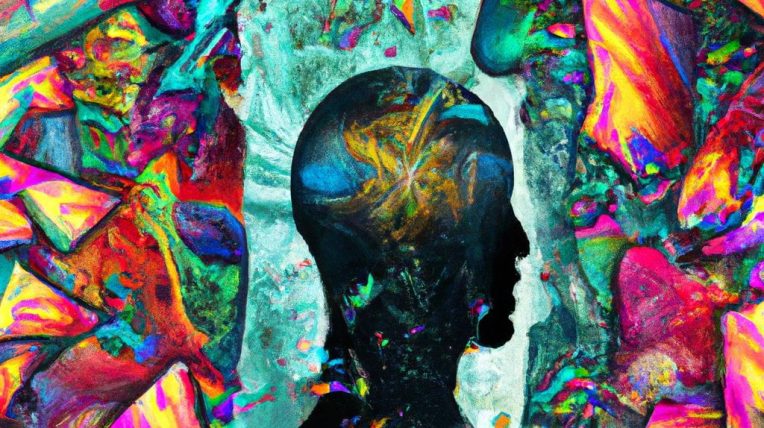Welcome to the World of AI Image Generation
Welcome, fellow seekers of knowledge! If you’re reading this, it probably means that you’re intrigued by the mesmerizing yet complex world of Artificial Intelligence (AI). And why wouldn’t you be? AI is reshaping the world in a myriad of ways, from driving smart vehicles to creating mind-boggling artwork with image generators. Now, you might be pondering, what computational resources are required to run AI image generators? Excellent question, my friend! Shall we dive deeper? Now, hold on to your hats because you’re in for a surprisingly thrilling ride.
Understanding Generative Adversarial Networks (GANs)
At its core, generating images via AI is essentially the playground for a particular type of AI called Generative Adversarial Networks or GANs. As per complex terminology, let’s call it a kid artist and critique partnership. The ‘artist’ generates images, while the ‘critic’ decides whether the images are convincing or not. This unending, dynamic banter forces the ‘artist’ to produce increasingly convincing images. Cool, right?
Connection Between GANs and Computational Resources
“But how does that relate to computational resources?”, you ask. Patience, we’re getting there. To put it simply, these GANs are pretty demanding. You’re going to need some substantial computational horsepower to perform these tasks proficiently.
Insights into Vital Computational Resources
First things first, when we talk about computational resources, we’re essentially discussing three things: processing power, memory, and storage space. In terms of processing power, we’re going to need a strong CPU (Central Processing Unit)–the brain of a compute. But hold on, the story doesn’t end there. Certain portions of AI computations are parallelizable (that’s a mouthful, eh?), meaning they can be done simultaneously. Therefore, a GPU (Graphics Processing Unit), which specializes in this kind of task, is more suitable and required for optimum performance.
Role of Memory in AI Image Generators
Next up, in the wonderland of AI image generators, memory or RAM (Random Access Memory) plays a critical role too. Greater RAM stores more data that can be accessed instantly, speeding up the process considerably. Which is particularly handy when your AI needs to ‘remember’ a number of different images and data points.
Importance of Storage Space
Lastly, storage space! The complexity of AI tasks often means dealing with a colossal amount of data. The requirement for storage depends entirely on the size and scope of your AI model. Typically SSD (Solid State Drives) that are known for their faster read-write cycles are recommended. The more extensive the task, the higher storage space you’d need.
The Balancing Act: Investment and Potential
Now, keep in mind, diving into the fantastic world of AI image generation could be slightly heavy on your pocket. The more complex your task, the beefier your hardware needs to be. It’s all a balancing act!
Embracing the Adventure of AI Image Generation
In the end, the essence isn’t to view computational resources as obstacles but merely as stepping stones to the magical realms of AI image generation. Remember, we’re all novices at some point, and the road to mastering AI ventures does demand significant patience, dedication, and coffee! So, as you embark on your adventure, embrace the perplexity and burstiness of it all!















